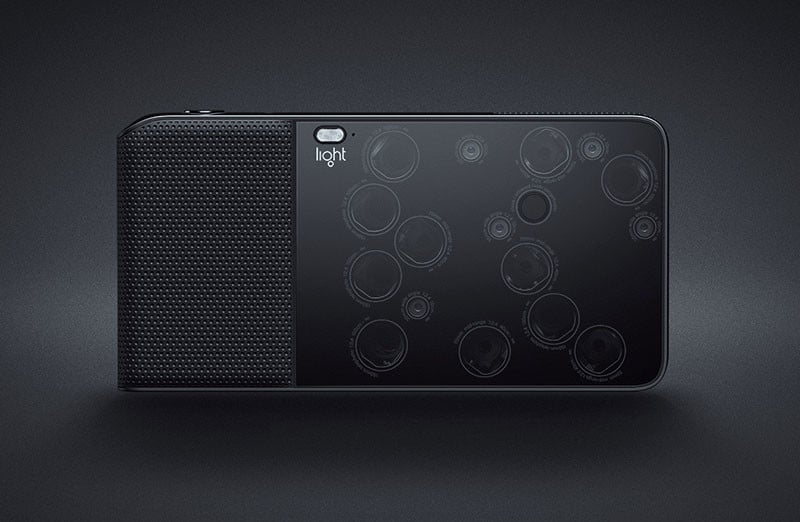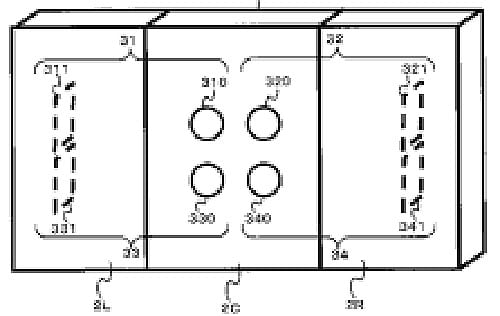Nikon Develops Camera with 4 Lenses and 4 Sensors
![]()
The multi-aperture computational camera is an exciting technology that’s emerging in the world of photography, and it appears that Nikon wants in. The company has patented a “4-eye” camera that packs 4 lenses and 4 sensors.

In July 2016, Light raised $30 million in funding to bring the L16 camera to market.
Nikon filed for its 4-eye camera patent (No. 2016-114615) in April 2013, and it was finally published on June 23, 2016. The filing shows a small compact camera that features 4 lenses arranged in a square in the middle of the front face.


4 separate groups of lenses inside the camera body bend the light from each of the lenses, directing them onto sensors found at the sides of the body. By placing the sensors on the sides of the camera instead of in the back, Nikon is able to make the camera body much thinner than traditional compact cameras.
By combining the images captured by the four smaller sensors, the camera can achieve the performance of a camera with a single larger sensor. Other advantages of computational cameras include superior low-light performance and the ability to choose the focus of your photos after you shoot them.
No word on when or if this patent will ever turn into an actual camera, but we’re definitely seeing some new interest in multi-aperture computational cameras that change the paradigm in camera design.